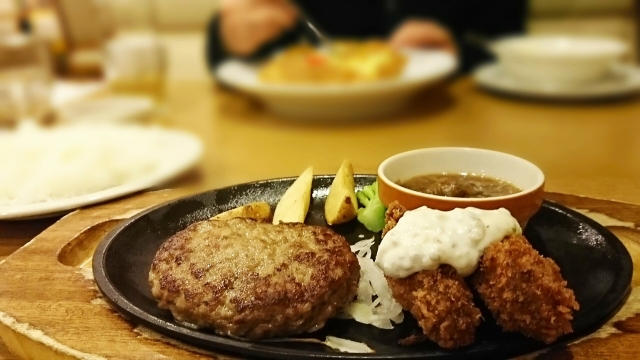What is nitrogen filling that extends the shelf life of food? Introducing the advantages and disadvantages
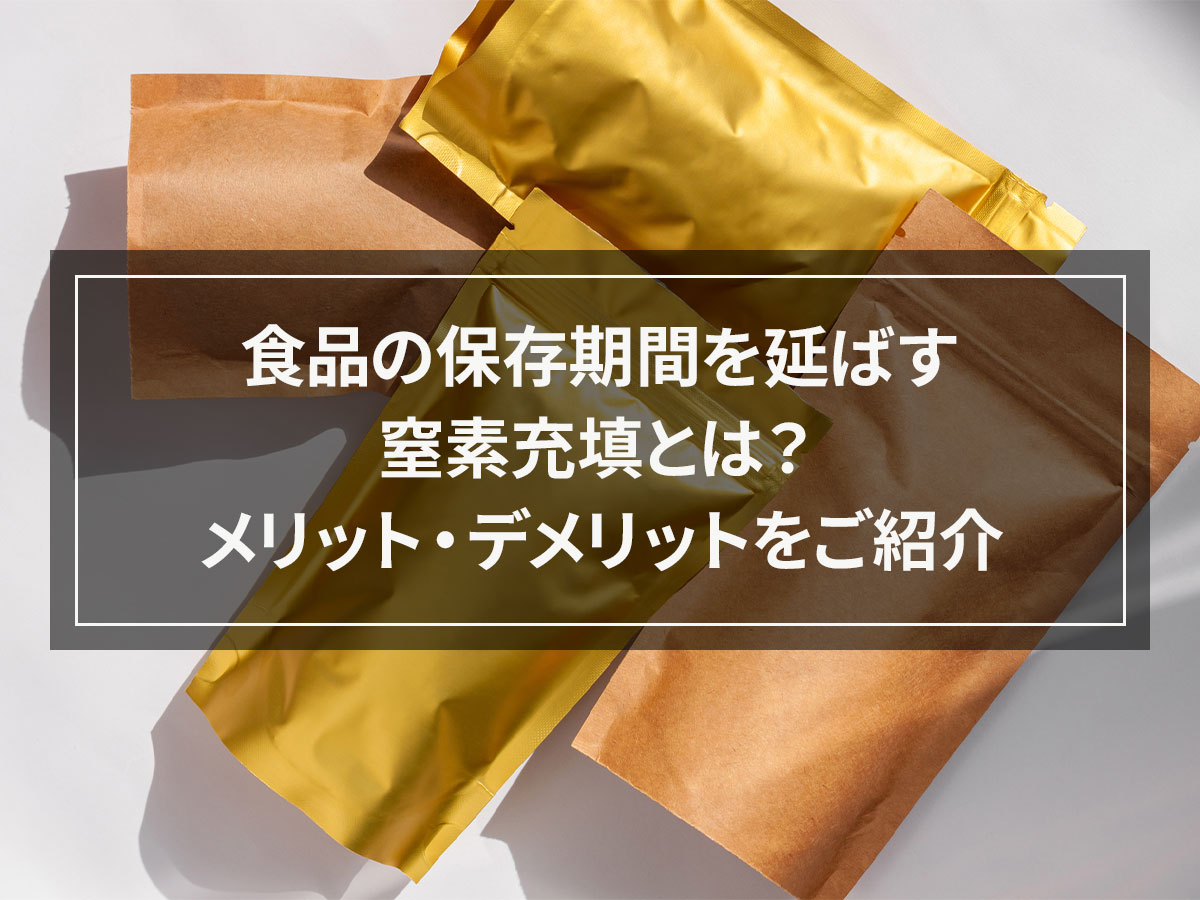
In recent years, as the demand and supply of take-out and delivery food has increased due to the coronavirus crisis, technologies such as "nitrogen filling" to extend the shelf life of food have attracted attention.
In this article, we will introduce an overview of nitrogen filling and explain the advantages and disadvantages of nitrogen filling.
In the second half of the article, we will also introduce rapid freezing techniques suitable for preserving cooked products. If you are looking for techniques and measures to extend the shelf life of food, please refer to this article.
目次
What is nitrogen filling?

Nitrogen filling is a type of MAP packaging (gas replacement packaging) that uses inert gas instead of air to prevent oxidation and bacterial growth when packing processed foods into containers. When filling with nitrogen, the air inside the container is replaced with nitrogen gas.
Purpose and effect of nitrogen filling
Nitrogen filling is used to reduce food spoilage and extend shelf life.
When sealing food, air inevitably gets inside. And about 21% of that air is oxygen. When food comes in contact with oxygen, an oxidation reaction occurs, causing the following undesirable deterioration in the quality of food that can be enjoyed by customers.
- flavor is reduced
- quality decreases
- Loss of aroma and color, etc.
Therefore, by filling the container with nitrogen instead of air, there is no contact between the food and oxygen, which makes it possible to suppress oxidation. Nitrogen filling technology is beginning to be used not only in potato chips, beverages, roasted coffee beans, and tea leaves, but also in meat, fish, and other processed foods.
Differences from other gas fillings
There are other gases other than nitrogen that are used to maintain food quality, as shown below.
- Carbon dioxide: A gas used in so-called carbonated water. It is easily soluble in water and has the property of suppressing pests and mold. However, since it has a unique flavor, you need to be careful when using it.
- Oxygen: If oxygen is completely removed during sealing, the color of meat and fish will change easily. Therefore, a small amount of oxygen is sometimes added to preserve the delicious color of meat and fish.
- Argon: An inert gas like nitrogen. It has the property of preventing oxidation. Since it has a density approximately 1.43 times that of nitrogen, it has the advantage of being able to replace oxygen in small amounts, but its use is limited because it is more expensive than oxygen or carbon dioxide.
Types of gas filling machines
There are three types of gas filling machines: In order to improve business efficiency, you will need to choose the one that suits your company.
- Nozzle method: This method is for small lots where filling is performed one by one. Since the gas is pumped into the bag, it is less likely to be wasted. Many of the devices are compact and can be purchased at reasonable prices.
- Chamber method: Since there are models that can fill multiple items at the same time, it is suitable for small to medium-sized lots. Another feature is that the gas filling rate is very high because the entire chamber is degassed before filling.
- Gas flush method: This type is used for pillow packaging. Since gas is simply sprayed, the oxygen replacement rate will be low if the food has many holes like castella cake. This type is suitable for mass production because the filling speed is fast and there are many large devices.
A comparison of the advantages and disadvantages of each is as follows.
| method | merit | Demerit |
| Nozzle method | ・Relatively cheap ・Can create a vacuum in a short time | ・Vacuum condition is weak compared to others ・Not suitable for some bags ・Liquids cannot be vacuum packed |
| Chamber method | ・Relatively cheap ・Liquids can also be vacuum packed | - Vacuuming takes longer than the nozzle type |
| Gas flush method | ・Can create a vacuum in a short time ・Suitable for mass production | ・Not cost-effective for the gas used |
Benefits of nitrogen filling

Filling with nitrogen when enclosing food provides the following effects and benefits.
Prevents food from losing its shape
For example, in the case of vacuum packaging, if too much air is removed during packaging, too much pressure is applied to the food, which can cause it to become deformed.
Filling with nitrogen gas allows the container to remain filled with gas, which prevents the food from being crushed as is the case with vacuum packaging. Recommended when you want to keep the shape of the food.
In addition, the nitrogen-filled container itself acts like a cushion, which protects the food from shocks and loads that occur when the food items collide with each other during transportation.
No accidental ingestion or waste
The enclosed nitrogen gas is released into the air as soon as the food package is opened. This means that there is no physical residue or items that should be discarded, such as oxygen absorbers, in food packaging.
The fact that there are no oxygen absorbers left behind has the advantage of preventing accidental ingestion or ingestion by children and the elderly.
No impact on food
Nitrogen, which is commonly present in the air, is tasteless and odorless. Since it is an inert gas that hardly dissolves in water, it has no effect on taste. Additionally, it does not absorb scents like oxygen absorbers do, so it has the advantage of making it easier to maintain the original appeal of food.
Disadvantages of nitrogen filling

Nitrogen gas is a commonly used type of inert gas filling due to the benefits mentioned above. However, nitrogen gas also has the following disadvantages: Be careful when using nitrogen gas.
Nitrogen gas alone cannot deal with anaerobic bacteria.
First of all, even if you fill the entire container with nitrogen gas, you cannot completely prevent food poisoning.
The reason for this is that most food-poisoning bacteria are anaerobic and can reproduce even in the absence of oxygen. However, nitrogen gas also has the effect of suppressing mold and aerobic bacteria.
Therefore, in recent years, an increasing number of companies have started filling with a mixture of nitrogen gas and carbon dioxide gas (carbon dioxide) to prevent both color and flavor deterioration and oxidation.
In particular, major convenience stores have successfully extended the expiration date by introducing mixed gas filling.
Oxidation cannot be completely prevented
Oxygen is also included in the food itself, so even if you fill it with nitrogen, oxygen will not be completely removed.
For example, in the case of foods that easily contain oxygen, such as castella cake, the nitrogen concentration in the container may drop after nitrogen filling.
The oxygen remaining in the food becomes a factor that promotes oxidation.
Additionally, if the package's gas barrier properties (resistance to gas permeation) are low, oxygen may permeate from the outside. As a result, the food may deteriorate over time.
rapid freezing is recommended for preserving cooked foods.
Nitrogen filling technology is used to extend the shelf life, but it is currently difficult to significantly extend the shelf life of some foods. Depending on the product, the quality can only be maintained for a short period of time, such as a few days.
For those who want to preserve food for a longer period of time than nitrogen filling, we recommend using" rapid freezing "technology.
Among them, we particularly recommend the ``Artlock Freezer'', flash freezing technology that uses fine cold air and automatic AI control.
By using the Artlock Freezer, it is possible to prevent food damage such as drying, oxidation, discoloration, and cracking that is common with conventional rapid freezer. As a result, we are able to reproduce foods that could not be frozen to a level comparable to that of frozen foods.

In addition, it has the advantage of passing through the temperature range where bacteria are likely to grow, and is highly recommended for protecting food safety by suppressing the growth of bacteria.
Conclusion
Nitrogen filling is a technology that replaces the air inside the container with nitrogen to prevent food oxidation and extend the shelf life. However, some foods have a shelf life of only a few days.
If you want to store these foods for a long time, we recommend using rapid freezing technology. Various foods that were previously considered difficult to freeze can now be thawed without sacrificing quality.
If you are having trouble preserving food, please read the documentation for details.








![[Storage period increased by 30 times! ] Achieving a stable supply of raw whitebait!](https://shunkashutou.com/wp-content/uploads/2016/11/579c55e6d32e1385c250e8e7c3ed59a71.jpg)
![[Sales increased 100 times! ] rapid freezing the signature menu “Ni-katsu sandwich”!](https://shunkashutou.com/wp-content/uploads/2016/11/IMG_02391.jpg)
![[Horse sashimi] We have significantly reduced waste loss with rapid freezer!](https://shunkashutou.com/wp-content/uploads/2016/11/5fda59d0cbcdabde18e58c3c58c09ed0.jpg)




![[Storage period increased from 3 days to half a year! ] Restaurants are expanding their business using wholesale and mail order!](https://shunkashutou.com/wp-content/uploads/2018/04/66c19942ab4ba346fdb64ccc04cde373.png)
![[Reduce loss from 200 kg of oysters to zero] Improve loss and expand business with rapid freezer](https://shunkashutou.com/wp-content/uploads/2018/06/19785ca583a8d3c4041c7c192d041b0d.jpg)














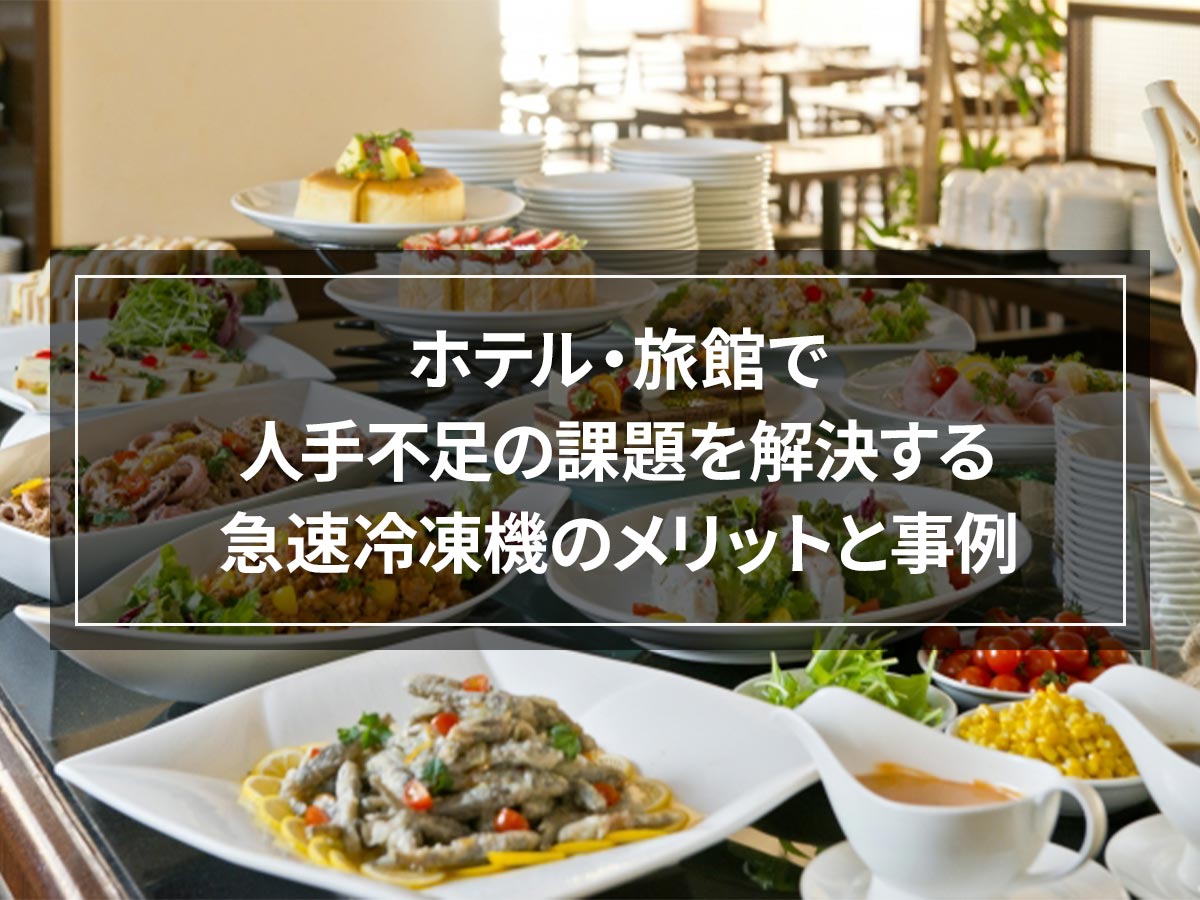
![[Wholesale] Advantages and success stories of introducing rapid freezer](https://shunkashutou.com/wp-content/uploads/2015/05/jirei_oroshi_img_01.jpg)
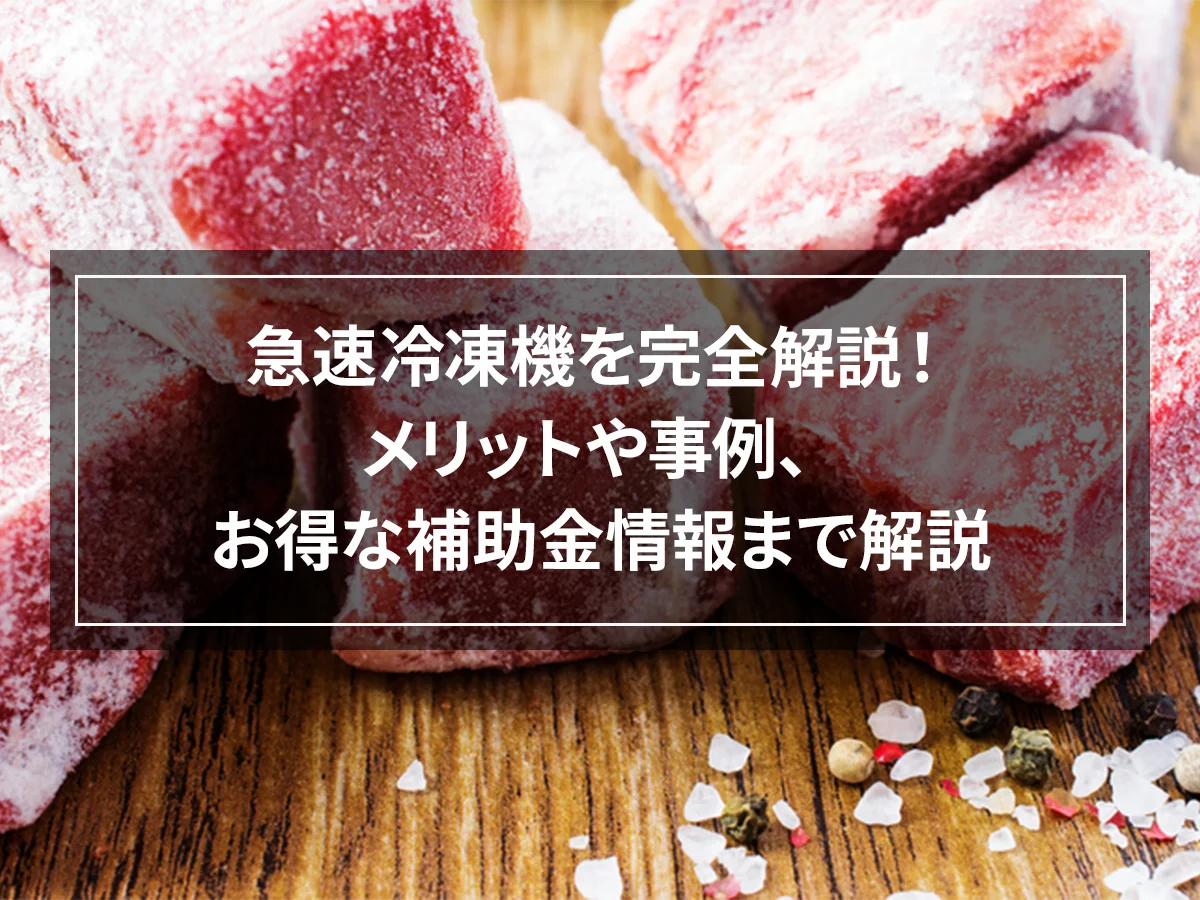
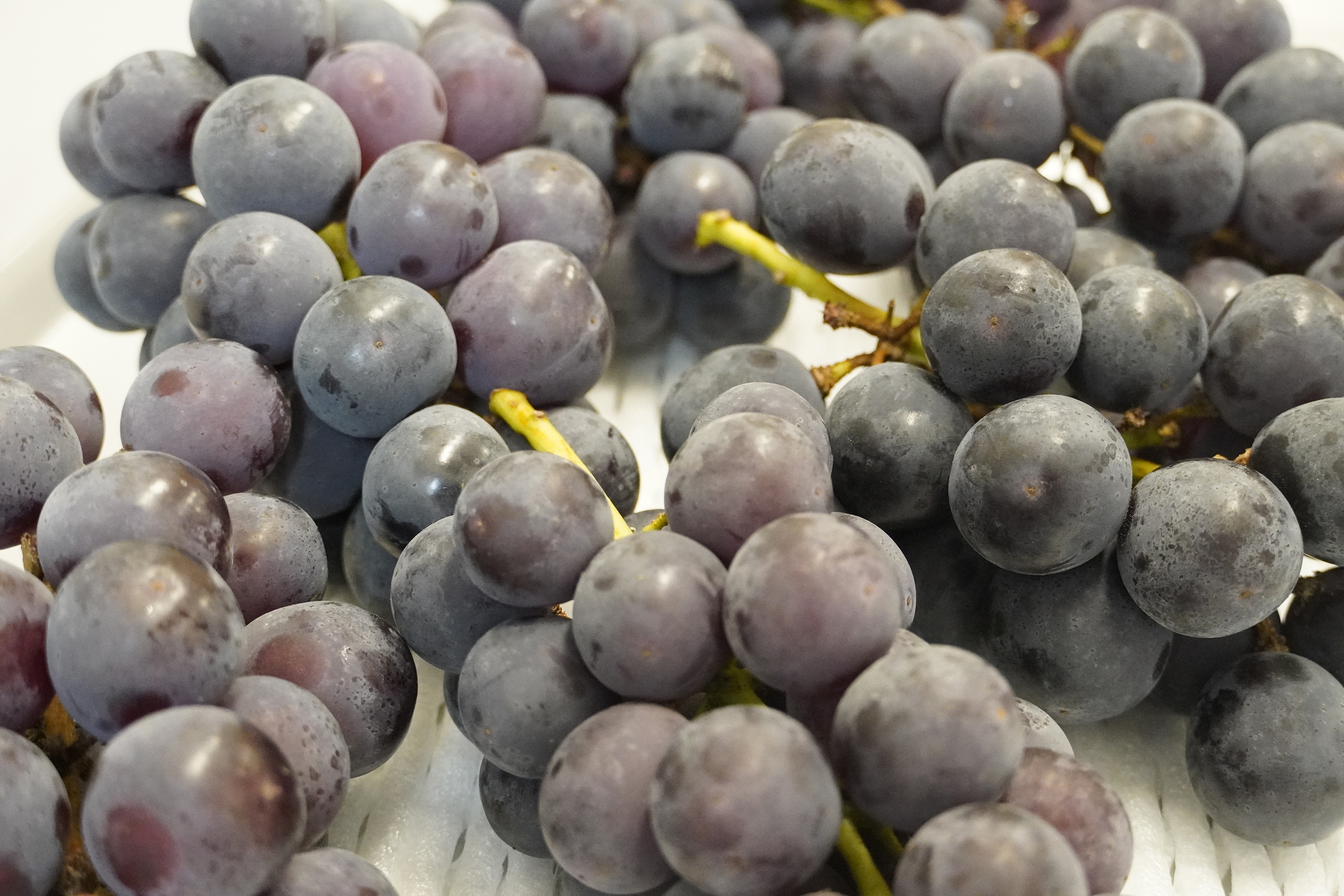
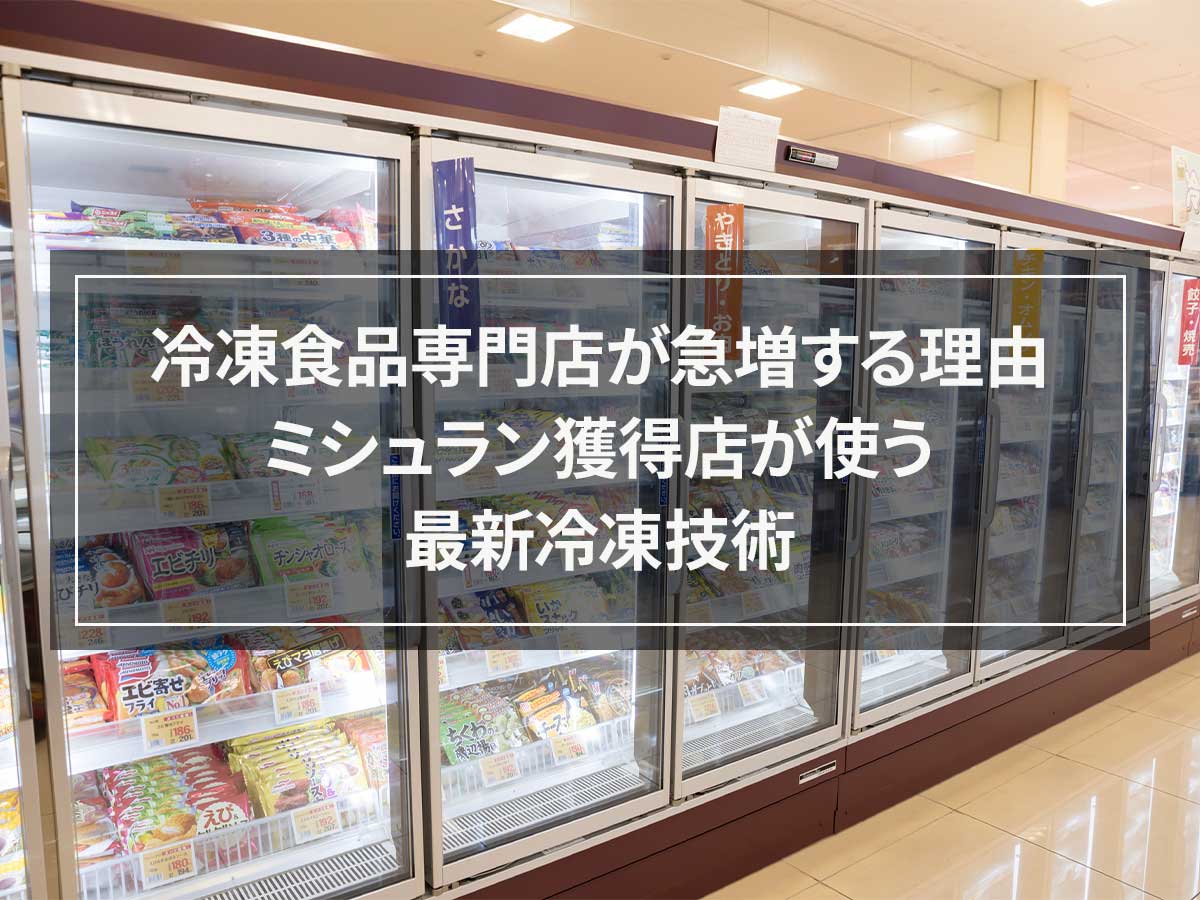
![[Commercial use] Thoroughly investigate the cause of frost forming in the freezer! How to prevent frost formation?](https://shunkashutou.com/wp-content/uploads/2016/06/09c17e4deeb1ac0cdc5a513eaf89ab1a.jpg)
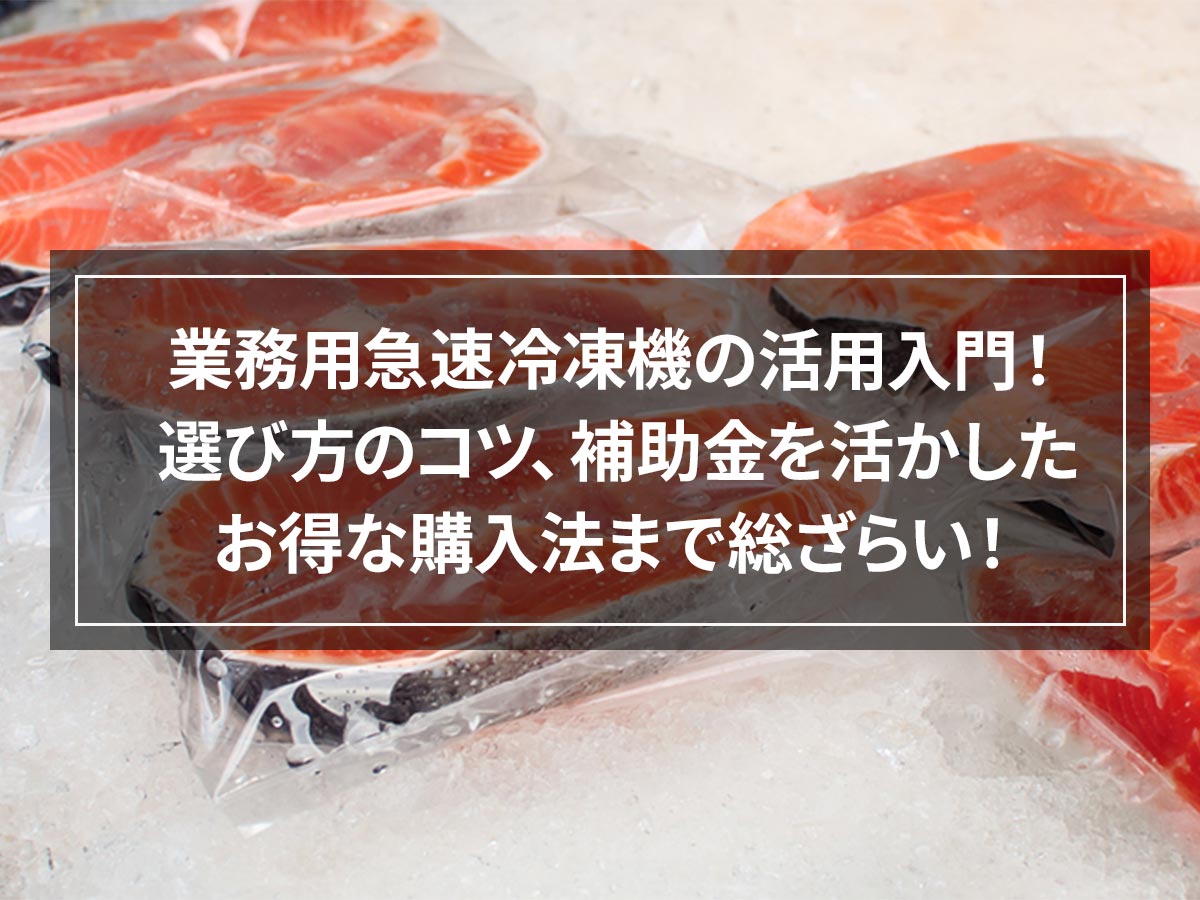
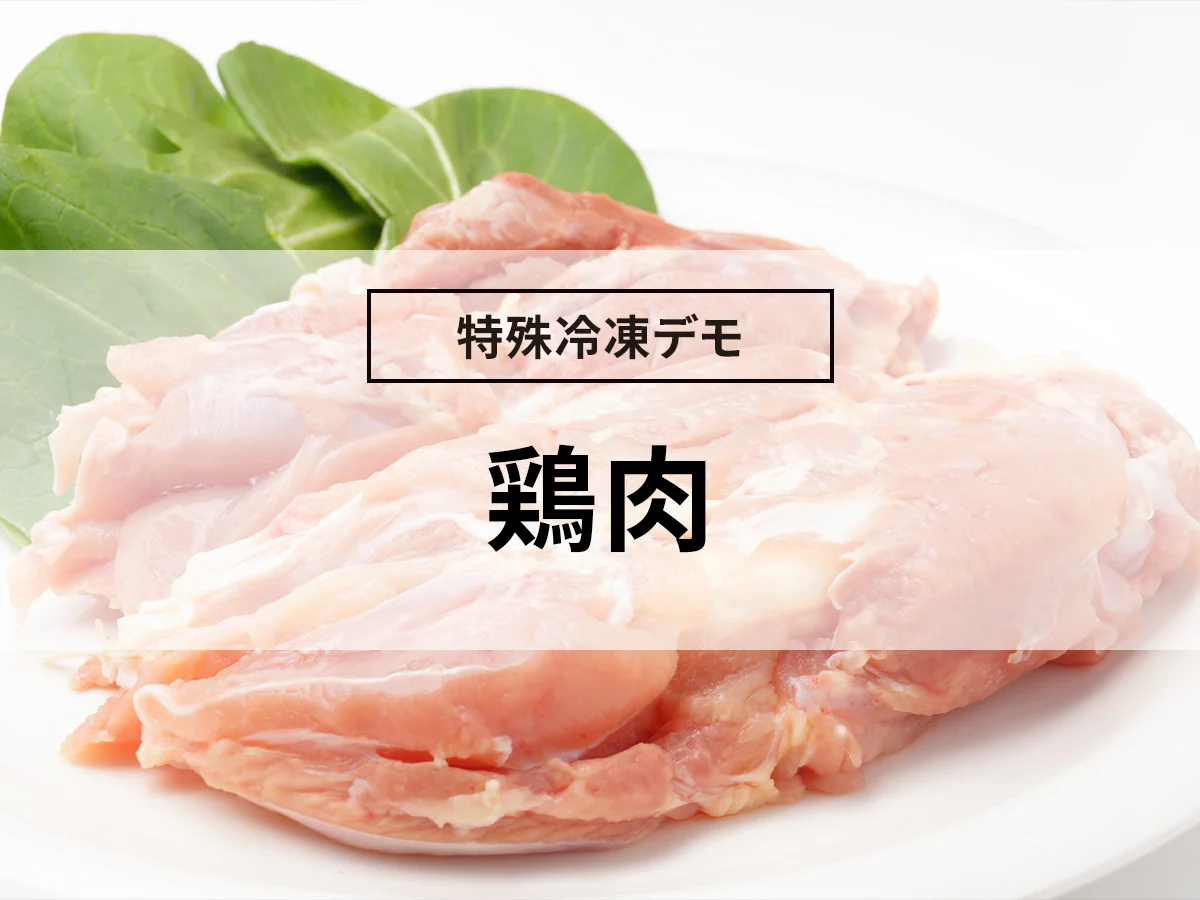
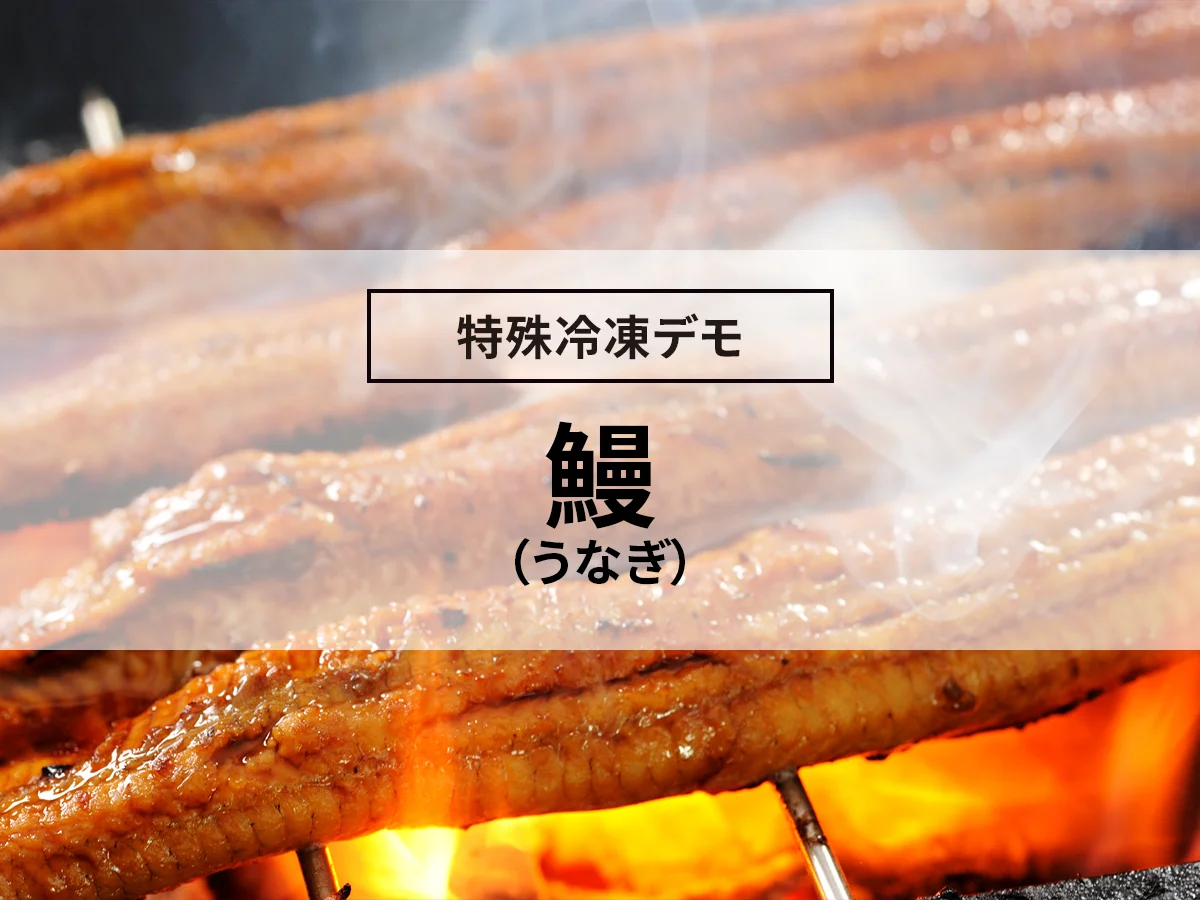
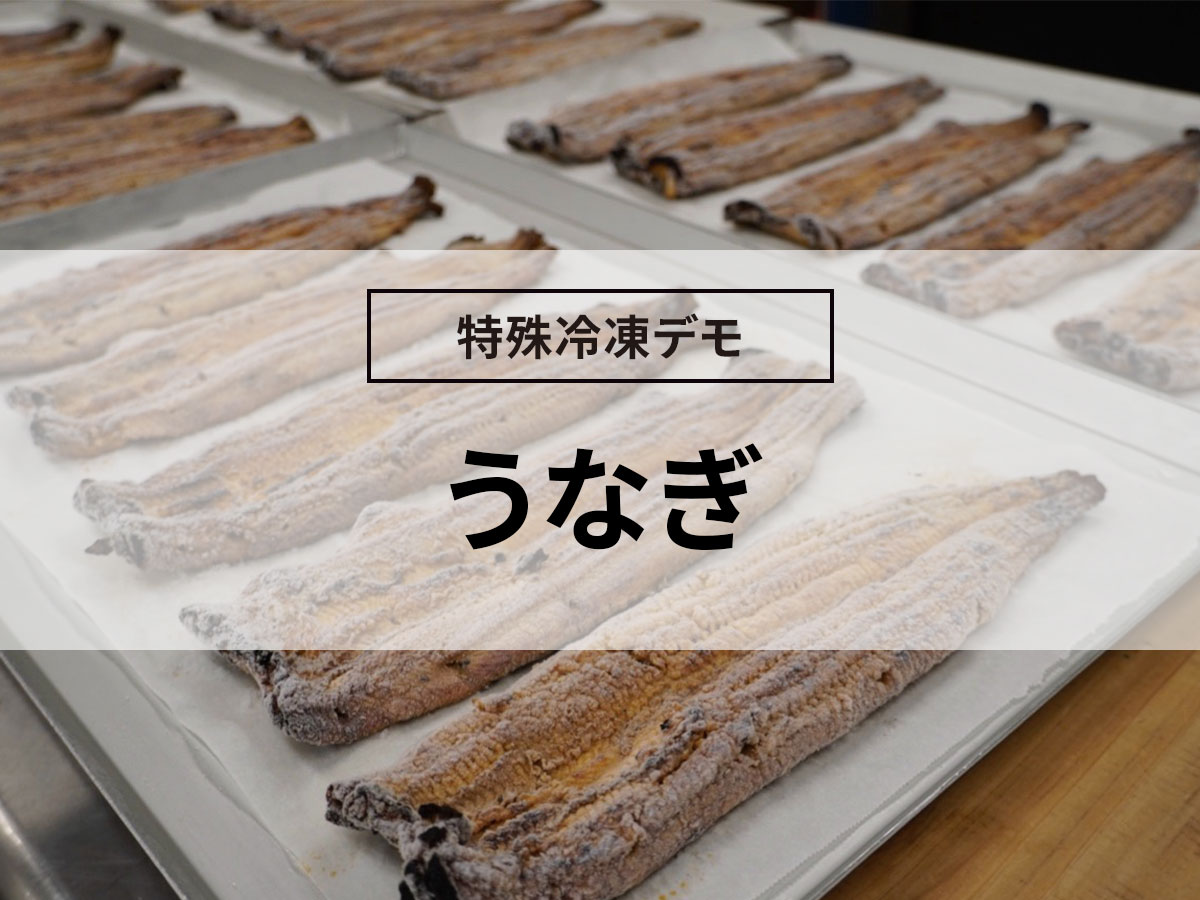
![[Rapid freezers in 2021] Market Trends and Customer Success Stories](https://shunkashutou.com/wp-content/uploads/2020/12/7F9A9CB9-A494-4E6A-946E-079279C596E6.jpeg)
![[Explanation with photos! ] Shiitake mushroom freezing method and storage period, 5 recipes](https://shunkashutou.com/wp-content/uploads/2023/09/shiitake-768x512-1.jpg)
![[Can it be frozen? ] Introducing a good way to freeze green peppers and side dish recipes](https://shunkashutou.com/wp-content/uploads/2023/09/30407f106c5c082468c66af0d40c5858.jpg)
![[Convenient for lunch boxes! ] How to freeze fried noodles and 5 different recipes](https://shunkashutou.com/wp-content/uploads/2023/10/yakisoba-768x512-1.jpg)
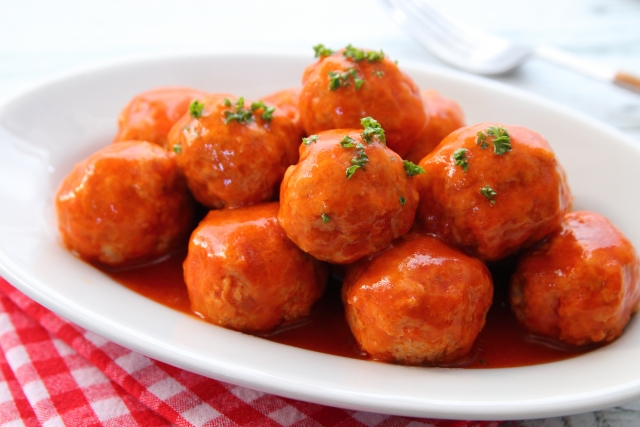
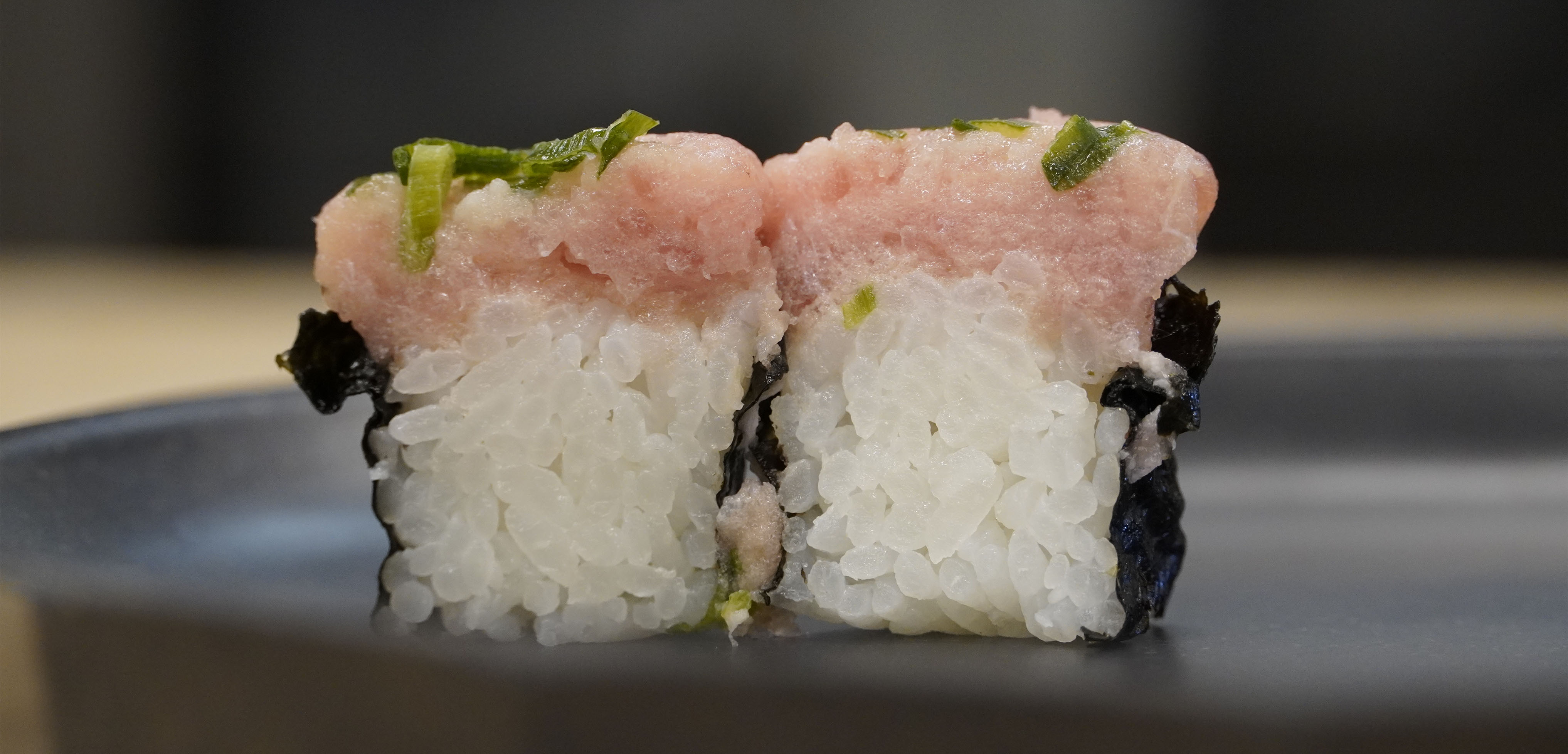
![[Explanation with photos! ] How to freeze green beans, storage period, and 5 recipes](https://shunkashutou.com/wp-content/uploads/2023/09/f3dbbe5b1d05a50f514a833efdceced9.jpg)
![[Should be frozen! ? ] How to freeze and thaw bread, 5 carefully selected recipes!](https://shunkashutou.com/wp-content/uploads/2023/10/4691acc32cab80284fa0cddf72d58e95.jpg)
![Introducing the method and recipe for freezing shimeji mushrooms [Explanation with photos]](https://shunkashutou.com/wp-content/uploads/2023/09/shimeji-768x510-1.jpg)
![[Can it be frozen? ] How to freeze dried daikon radish and arrange recipes!](https://shunkashutou.com/wp-content/uploads/2023/09/84f89f802d6869949972432e7b3be19c.jpg)
![[Can it be frozen? ] Introducing the recipe and how to freeze potato salad!](https://shunkashutou.com/wp-content/uploads/2023/10/3c640cd23d65764c14f701d25970ed59.jpg)
![[Supervised by a nutritionist! ] How to freeze bean sprouts, storage period, and 5 recipes!](https://shunkashutou.com/wp-content/uploads/2023/09/34f4d39c30e79629a89bf54221841964.jpg)
![[8 times more nutrition! ] Introducing how to freeze clams, storage period, and 5 recipes](https://shunkashutou.com/wp-content/uploads/2023/10/57204e2a2f115f810e29e365cfc86638.jpg)
![How to freeze mushroom mushrooms, storage period, and 5 recipes! [Explanation with photos! ]](https://shunkashutou.com/wp-content/uploads/2023/09/4b6ffe2ef040e90085b4ee4f0c3e72a9.jpg)
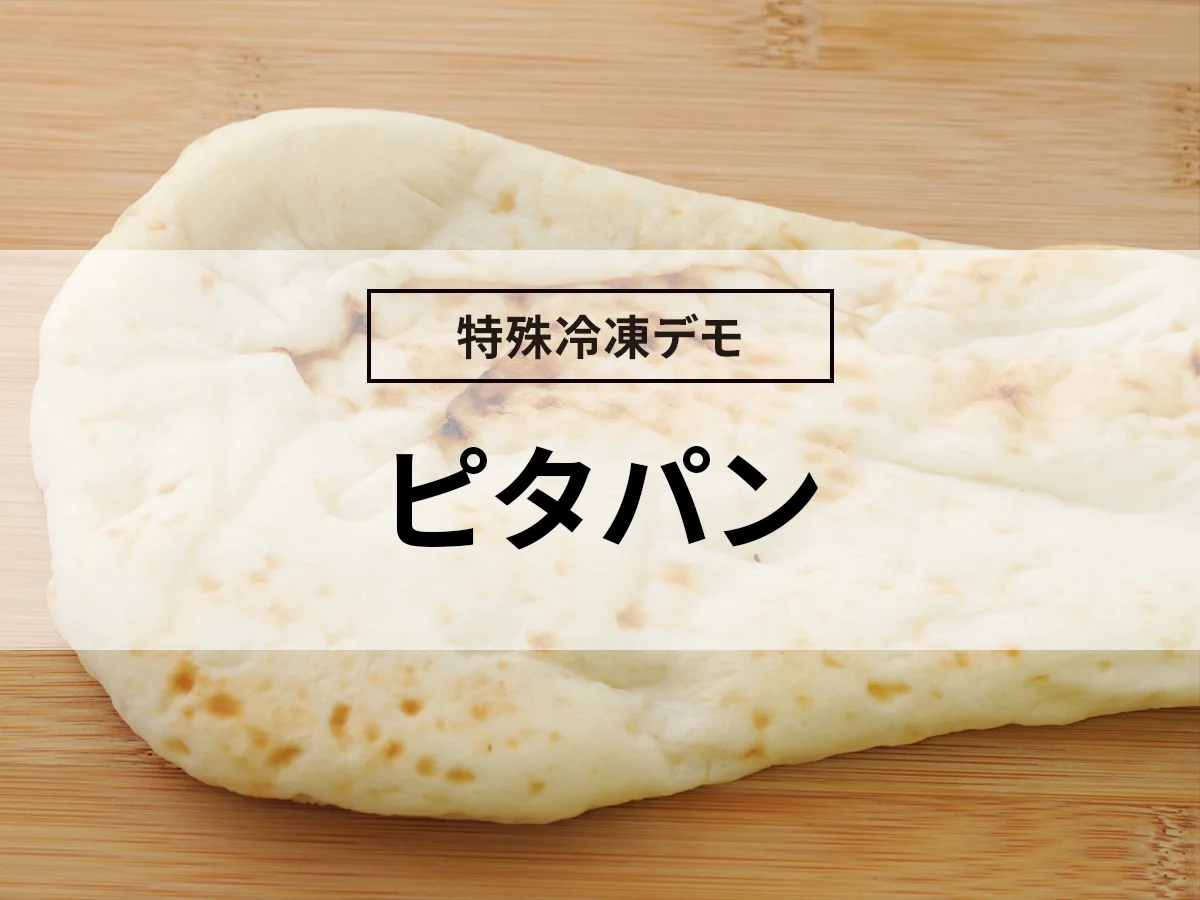
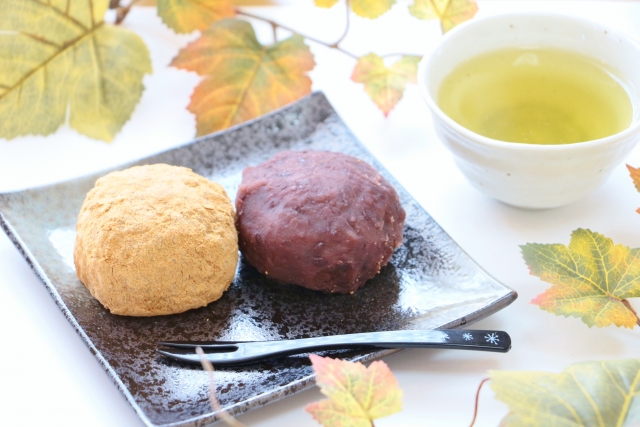
![[Restaurants/Restaurant] Advantages and success stories of introducing rapid freezer](https://shunkashutou.com/wp-content/uploads/2015/05/inshoku-article-eyecatch1.jpg)
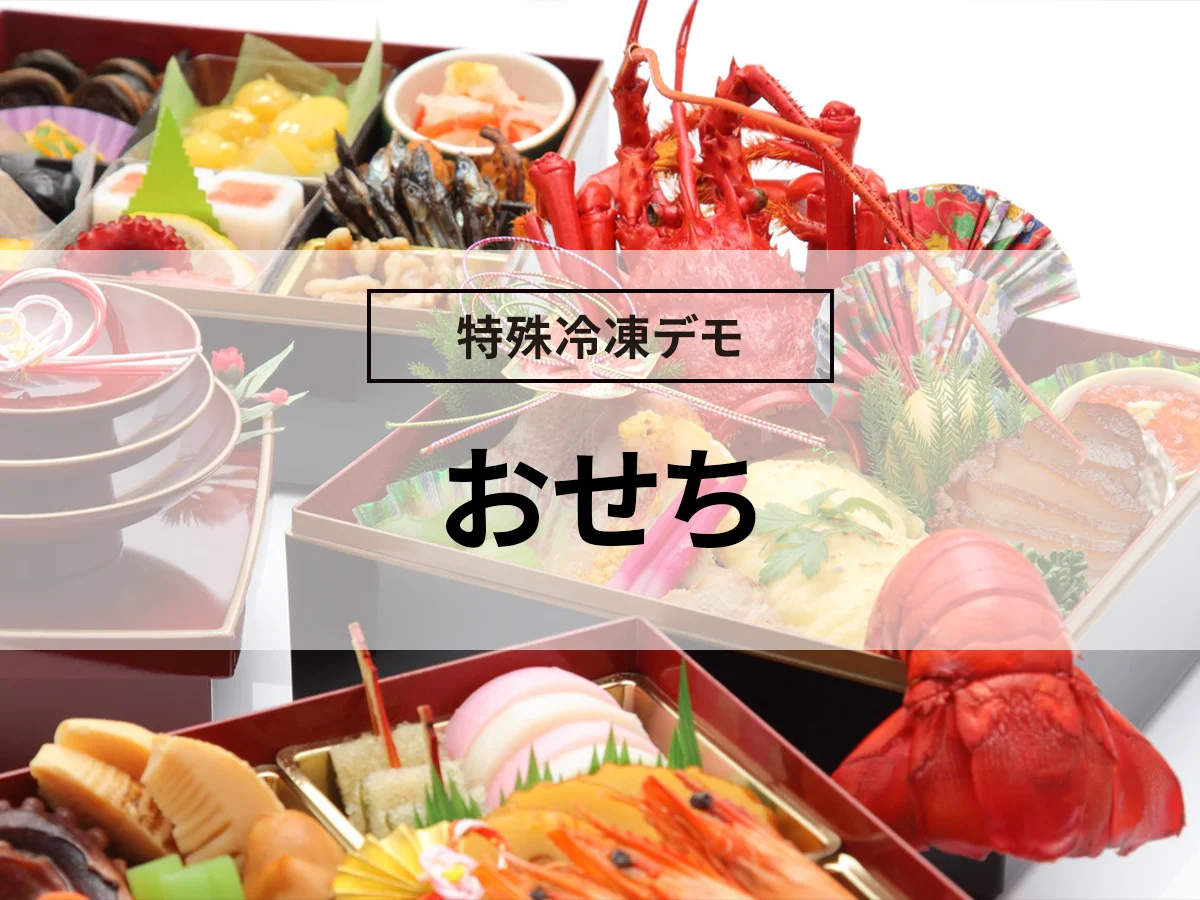
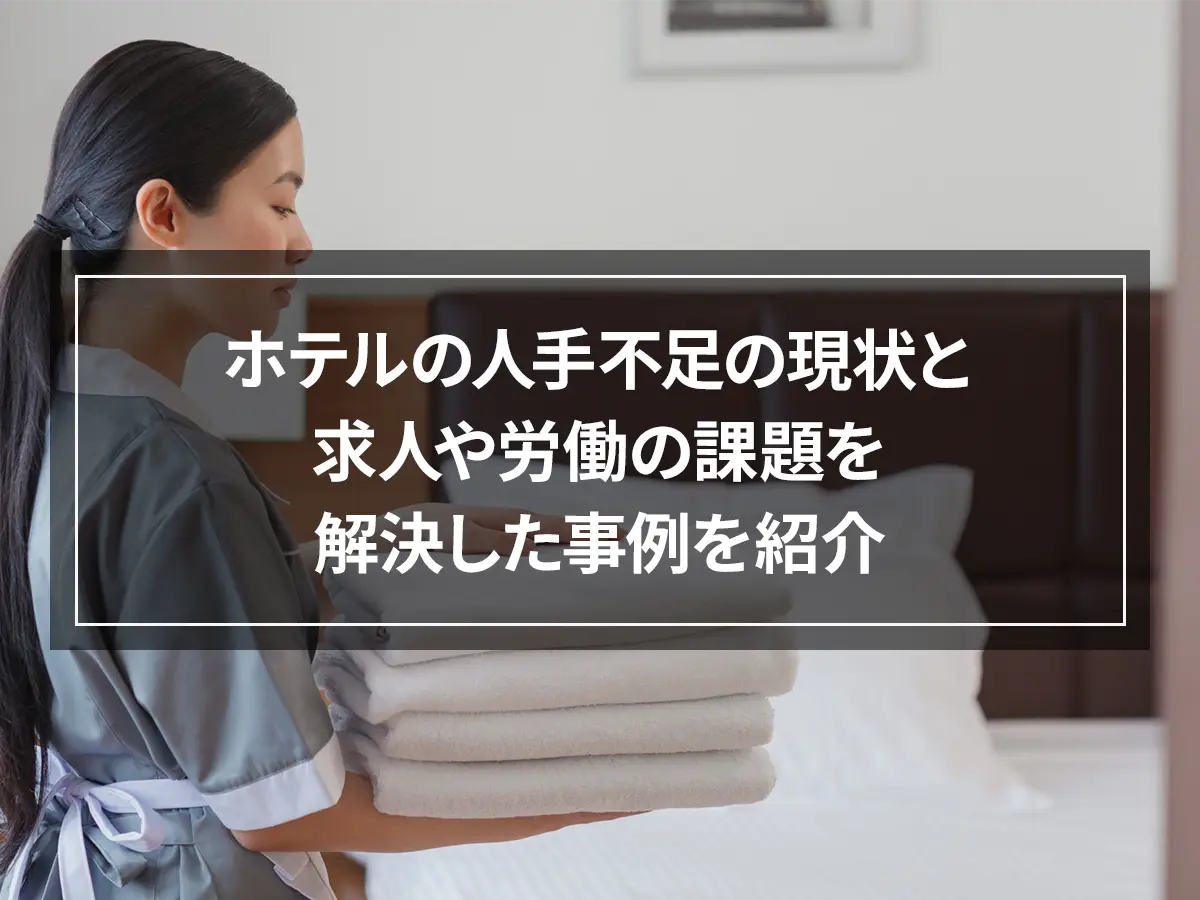
![[Labor shortage]The benefits with examples of using rapid freezer](https://shunkashutou.com/wp-content/uploads/2019/04/hitodebusoku-article-main_pc.jpg)
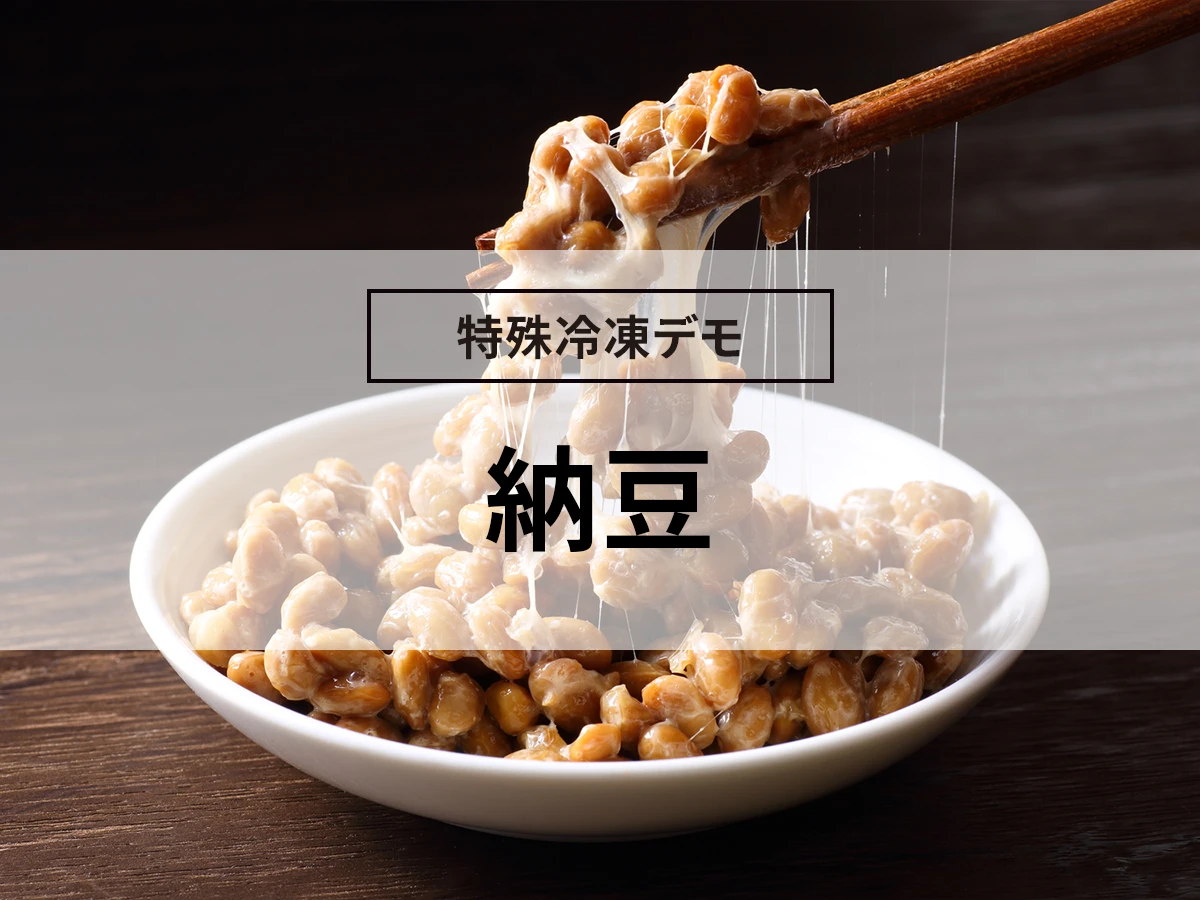
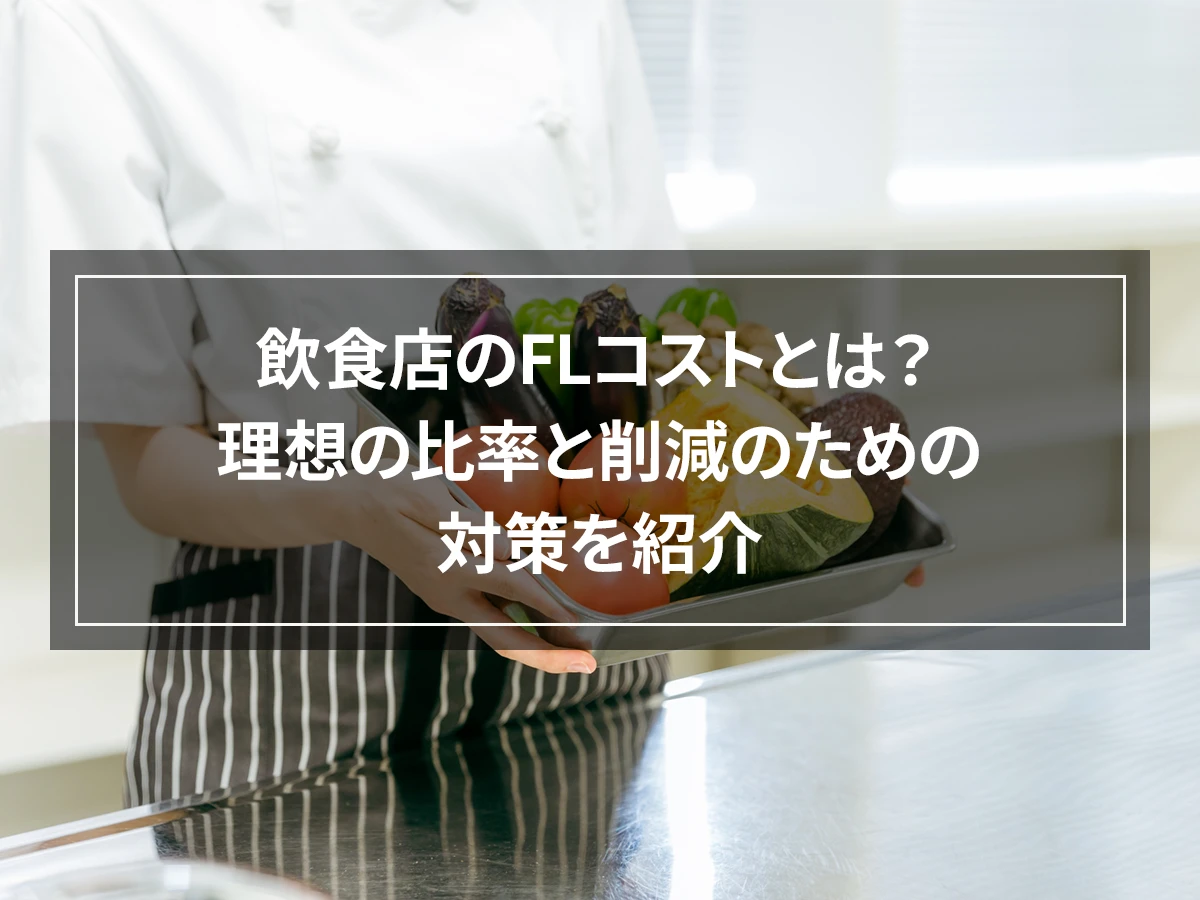
![[Includes recommendations by industry] Summary of types and benefits of small rapid freezer](https://shunkashutou.com/wp-content/uploads/2020/12/smallsize.jpg)

![[Achieving low cost and high quality] The problems of pubs can be solved with a quick freezer!](https://shunkashutou.com/wp-content/uploads/2016/02/11d55612344a4cbad2ad506ae700c81b.jpg)
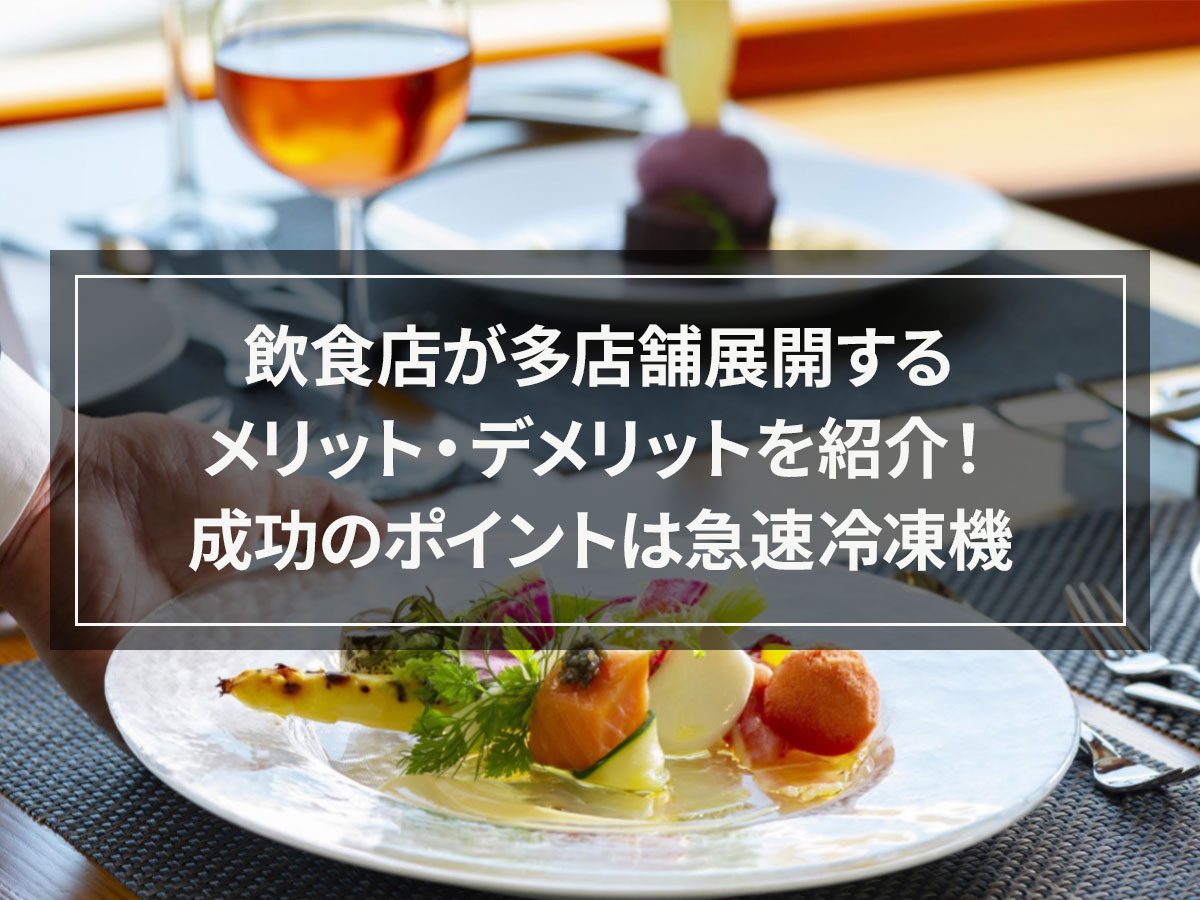
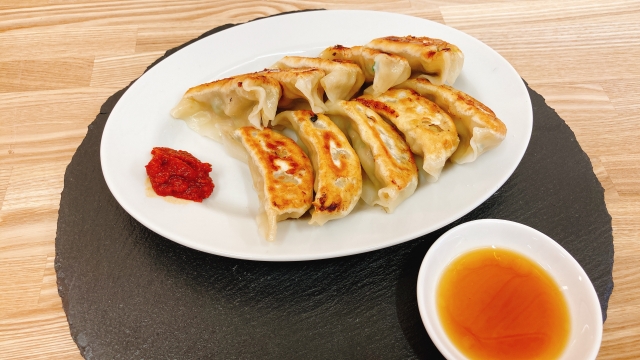
![[Must-see for bakers] 6 reasons why bakeries should use rapid freezing](https://shunkashutou.com/wp-content/uploads/2021/02/f92a102c9d3cc8c63dc7e509ce6d35d2.jpg)
![[Tips for making egg rolls that can be frozen] Introducing freezing methods, storage periods, and recipes!](https://shunkashutou.com/wp-content/uploads/2023/10/tamagoyaki-768x512-1.jpg)
![Freezing fruits (melons, grapes, pineapples) [rapid freezing demo]](https://shunkashutou.com/wp-content/uploads/2017/04/f6c25534c570755c38676fba88215298.webp)
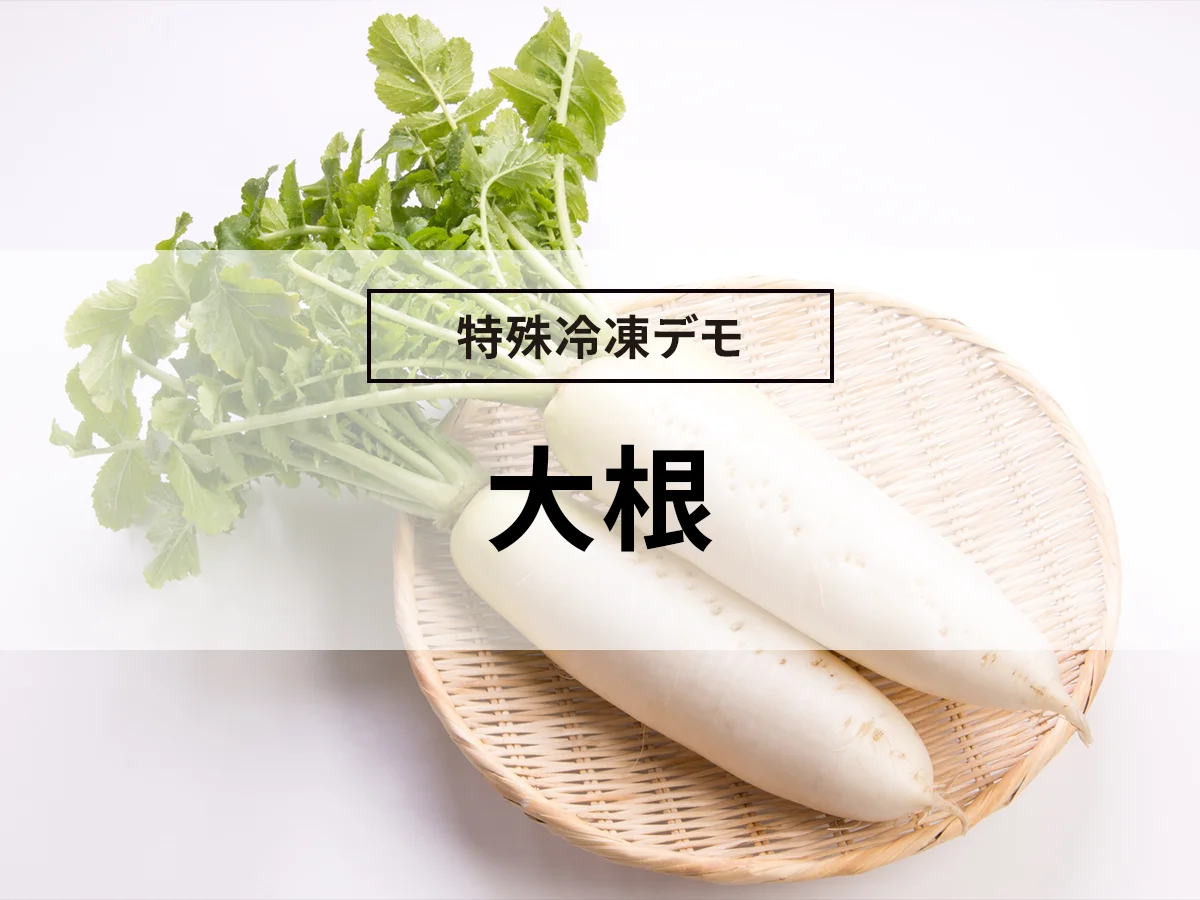
![[Explanation with photos] How to freeze winter melon, storage period, and 5 recipes!](https://shunkashutou.com/wp-content/uploads/2023/10/8c301e3fcfbb9c7f457d8b05dfea902d.jpg)
![Explaining how to freeze garland chrysanthemums with photos! [Defrosting and storage period, 5 recipes]](https://shunkashutou.com/wp-content/uploads/2023/10/syungiku-catch-768x512-1.jpg)
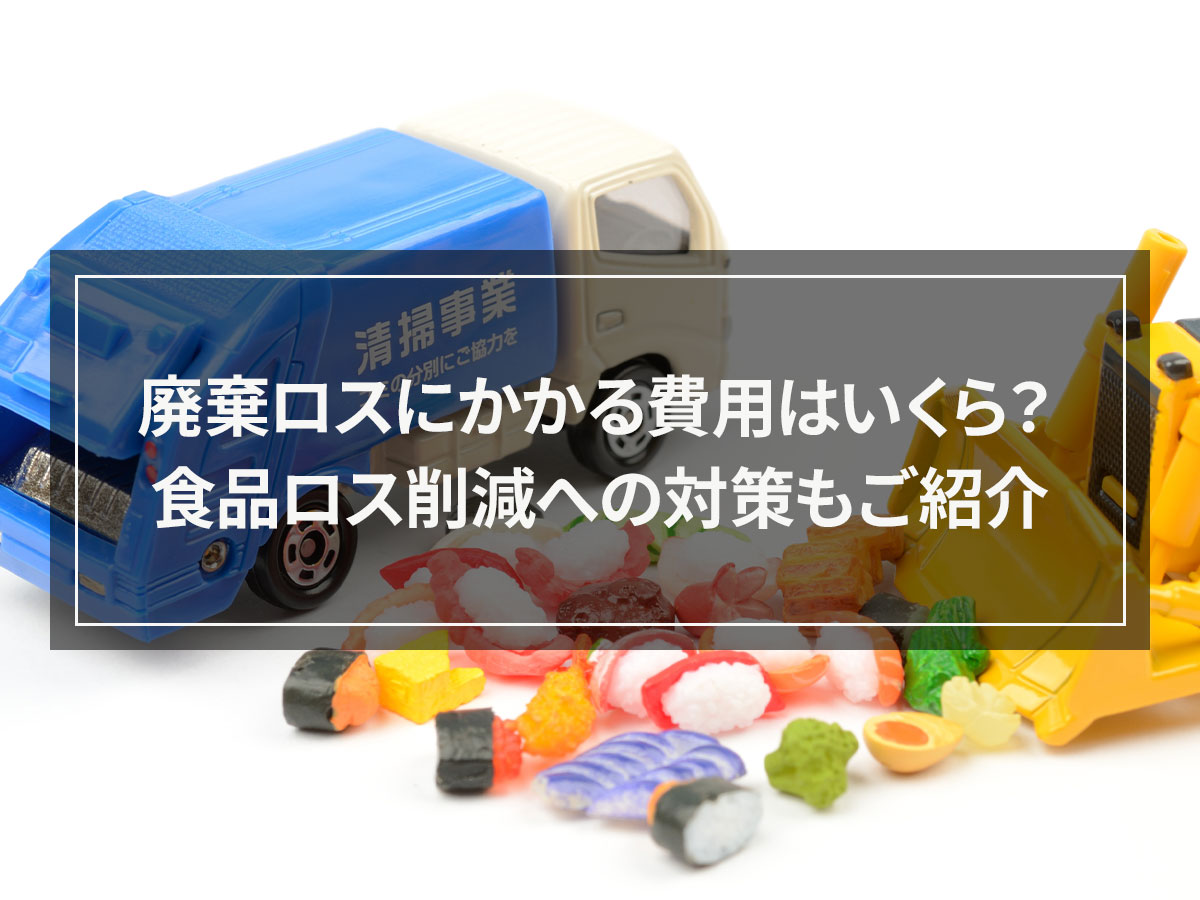
![Explaining how to freeze Maitake mushrooms, their nutritional value, and recipes! [Explanation with photos! ]](https://shunkashutou.com/wp-content/uploads/2023/09/9face03809f7fcaf2e3599773b2e8c80.jpg)
![How to freeze celery, nutrition, and 5 recipes! [Explanation with photos! ]](https://shunkashutou.com/wp-content/uploads/2023/09/serori-768x512-1.jpg)
![[Delicious, Convenient, Cheap] Recommended commercial frozen foods for restaurants to purchase](https://shunkashutou.com/wp-content/uploads/2023/07/business-frozen-food-1024x682-1.jpg)
![[Just the meat from the field! ] Introducing how to freeze tofu and meat imitation recipes!](https://shunkashutou.com/wp-content/uploads/2023/10/100675242-768x512-1.jpg)
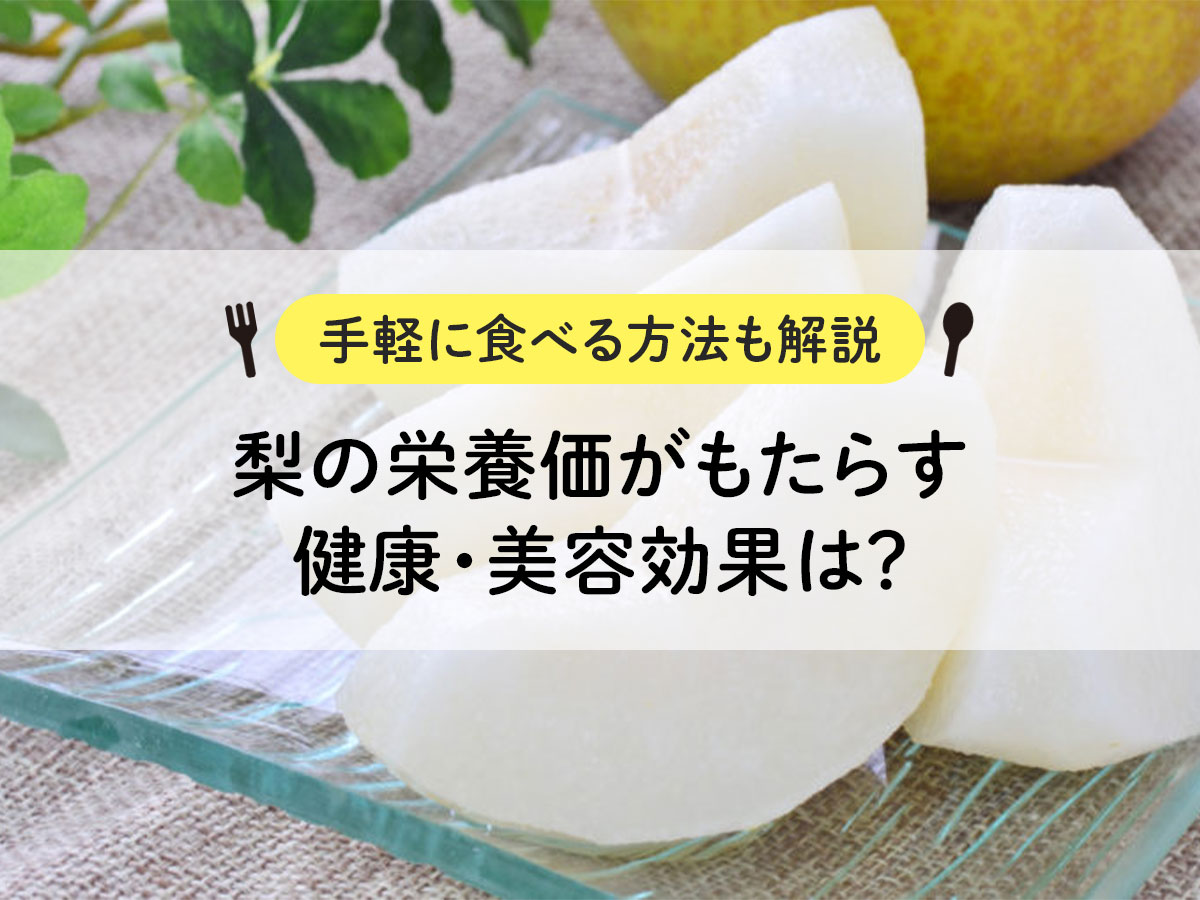
![Introducing recipes and methods for freezing spinach [Explanation with photos! ]](https://shunkashutou.com/wp-content/uploads/2023/10/spinachh-768x512-1.jpg)
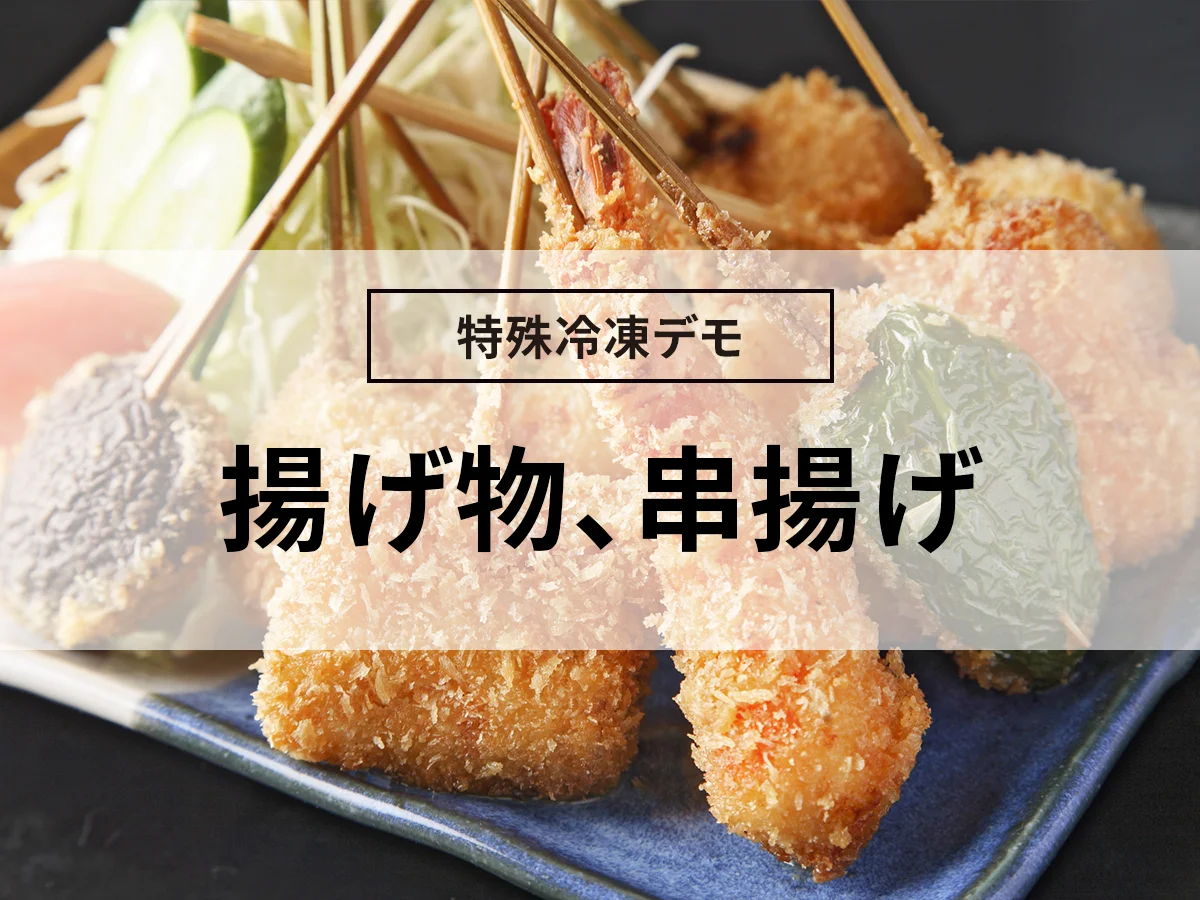
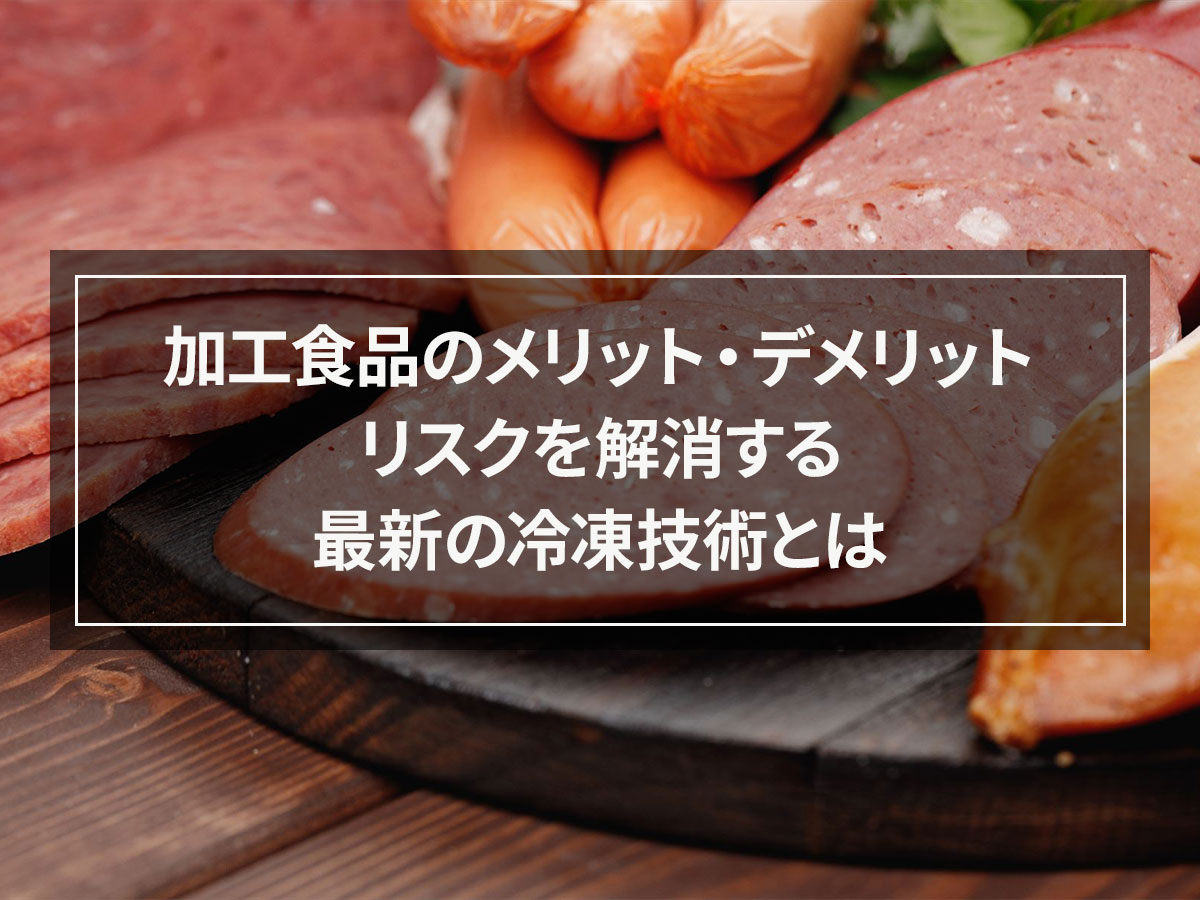
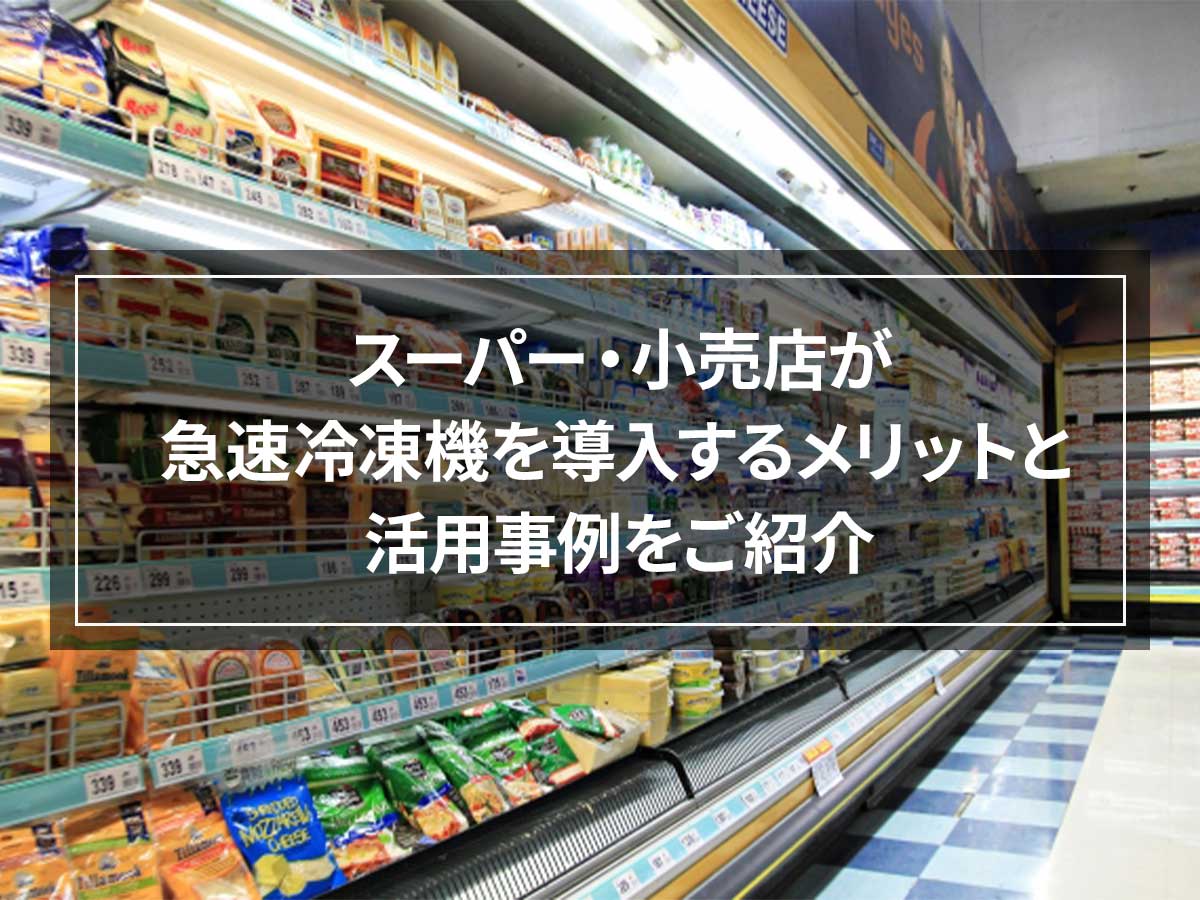
![[Freezing Neapolitan] rapid freezing demonstration](https://shunkashutou.com/wp-content/uploads/2016/09/napolitan.jpg)

